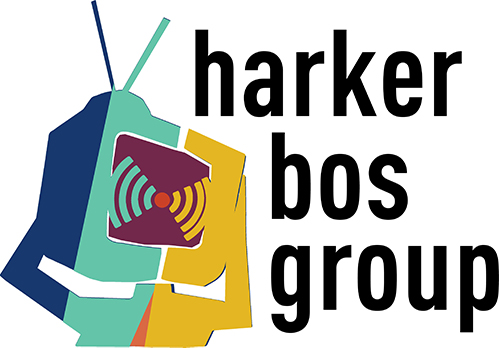The Drip Drip Drip of Audience Churn
You may think that steady Nielsen numbers are a sign that the same listeners are tuning to you month after month, but that may not be true.
We find that a radio station continually churns listeners, gaining new listeners at the same time it loses other listeners who have stopped listening. Even if your cume and AQH are identical from one year to the last year, you can’t assume the same people are listening.
It’s what we call audience flow.
Audience flow is the turnover of a station’s audience as new listeners replace ex-listeners. The size of your audience is steady when the number of listeners coming in and going out is the same, not because the same people are listening.
Churn is inevitable. Listening patterns change, listening tastes over time change, perhaps they moved out of the area. All these changes can cost you listeners and quarter-hours. You’ve probably noticed it when Nielsen rating participants rotate in and out. However, it’s not just happening with Nielsen panelists. It’s happening with your entire audience.
Think of your audience as water in a bathtub with the faucet running and the drain open. If the bathtub is filling at the same rate it is draining, the level in the tub will remain the same, despite the fact that the water is continually changing.
Ideally churn works in your favor. If you gain more listeners than you lose your audience is growing. It’s like the faucet flowing faster than the drain with the water rising.
Unfortunately, churn can also be like a faucet trickle when the drain is wide open. Listeners are leaving the station faster than you are attracting new ones. Churn is working against you.
The loss can be caused by a number of things. Your audience may outgrow the station. A new similar competitor might be siphoning-off a portion of your audience. Maybe your programming has become stale or too predictable.
Gradual declines are generally a result of a combination of causes. Perhaps your listeners have been bored with your product for some time but listened because there were no better alternatives—then a competitor launches a better product.
What if your new listeners have slightly different tastes than your current listeners? At first it will appear that your programming is still working as the majority of the audience is the old audience, but over time as more new listeners replace your old listeners you may find your old approach not working as well.
At some point you could find yourself out of step with the new audience that replaced your original audience.
Audience flow and the churn that results is inevitable. Yet too often radio stations are blind-sided when churn results in falling numbers. Next week, in Part 2, we’ll show you how to anticipate churn and how to capitalize on it to grow the station.

